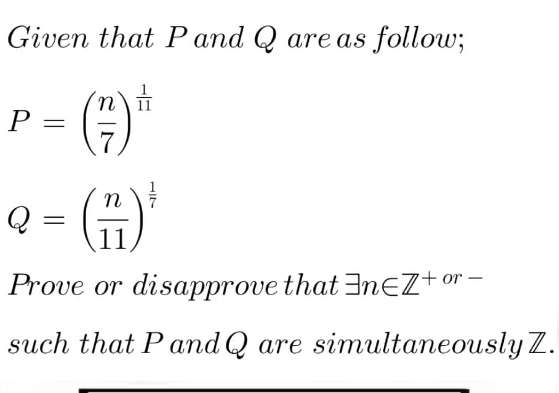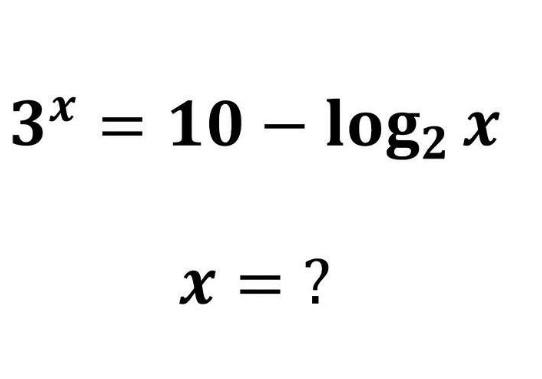
Question and Answers Forum
OthersQuestion and Answers: Page 25











|
Question and Answers Forum |
OthersQuestion and Answers: Page 25 |
| Two numbers are respectively 20% and 10% more than a third number. How much percent is the first number more than the second? Mastermind |
| Two numbers are less than a third number by 30% and 37% respectively. how much percent is the second less than the first? Mastermind |
| Two numbers are respectively 60% and 20% more than a third number, second number expressed as a percentage of first is Mastermind |
| If the given two numbers are respec− tively 7% and 28% of a third number, then what percentage is the first of the second? Mastermind |
| If A′s income is 25% less than that of B, then how much percent is B′s income more than that of A? Mastermind |

|
| If a number is 20% more than the other, how much percent is the second number less than the first? Mastermind |

|

|

|
| Ω=∫_0 ^1 Log(((Log^2 (x))/x^(x^5 −x^4 +x^3 −x^2 +x−1) ))dx Anyone? |
| A mass 10kg is placed at the foot of an inclined plane 13m long, whose upper end is 5m higher than the foot. The mass is connected by a light inextensible string, passing over a smooth pulley at the top of the plane, to another mass 10kg which hangs level with the top of the plane, 5m above the floor. If the coefficient of friction between the first mass and then plane is ½ and the system is released from rest, find the acceleration and tension In the string. [Take g = 9.8m/s²] |

|
| A particle is moving along a straight line such that it's position from a fixed point is S = ( 12 - 15t² + 5t³ )m where t is in seconds. Determine: A. Total distance travelled by the particle from t = 1sec to t = 3sec B. The average speed of the particle during this time. |
| Ω=∫_0 ^1 Log(((Log^2 (x))/x^(x^5 −x^4 +x^3 −x^2 +x−1) ))dx Mastermind |

|

|
| Solve (dy/dx)(xcos y+asin 2y)=−1 (dy/dx)=(((y+2)/(x+y−1)))^2 |

|

|

|

|
| lim_(a→∞) Σ_(n=1) ^a ((e^(in) .ln∣(1/x)∣)/(πn^2 )).tan^(−1) (n(√π)) Mastermind |
| make r the subject of the formula y=(((pr)/m) − (p^3 /1))^(−3/2) find r if y=−8 , m=−1, p=3 |
| A bicycle has a constant velocity of 10 m/s. A person starts from rest and runs to catch up to the bicycle in 30 s. What is the acceleration of the person? |
| If C_r , C_s are cyclic groups such that g.c.d(r,s)=1, then show that C_r ×C_s is a cyclic group. Mastermind |